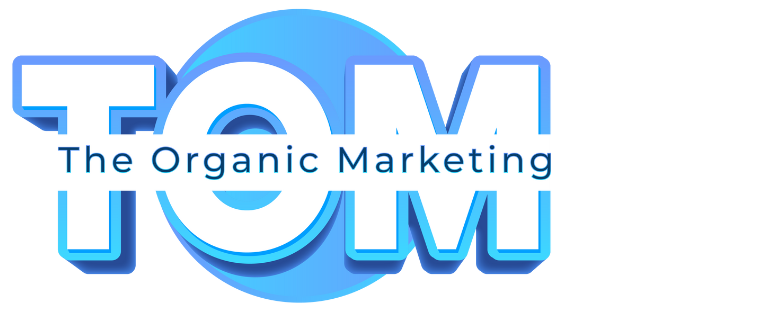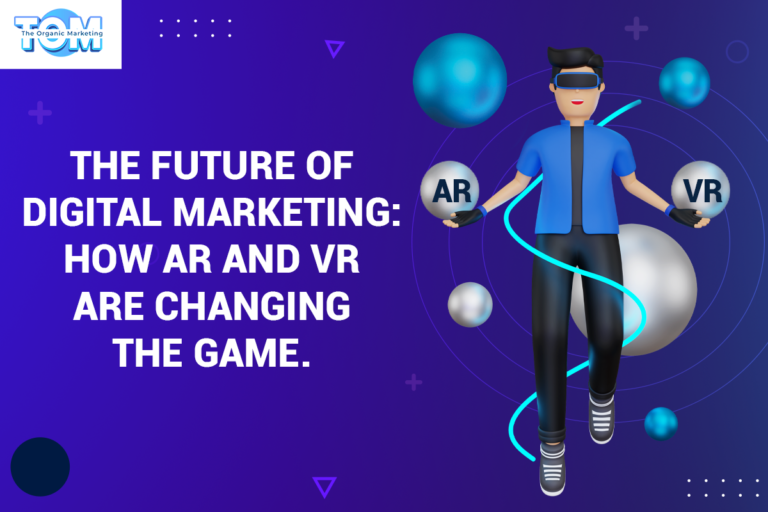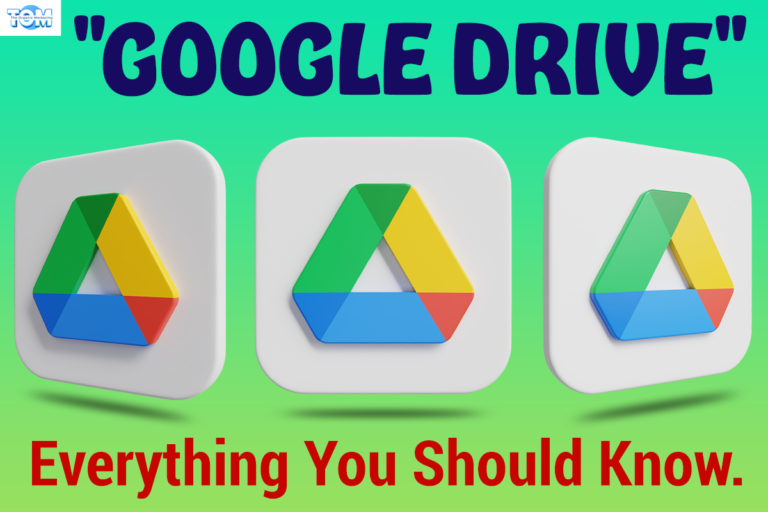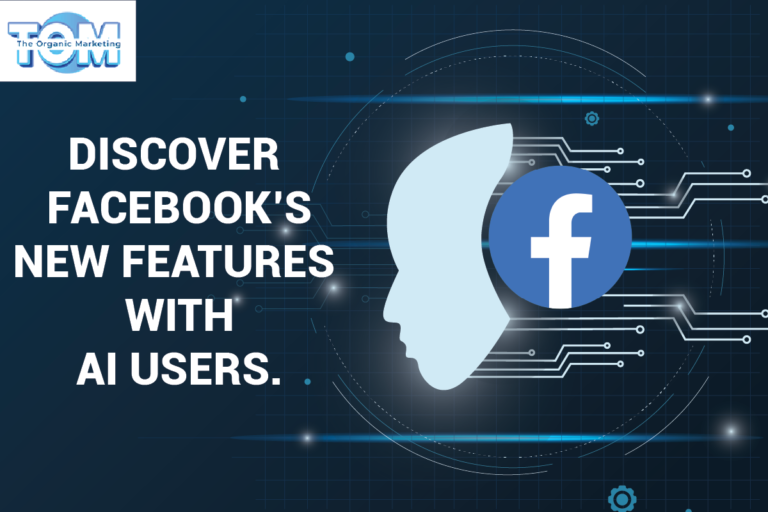Understanding Your Customers Through B2B and B2C
In the business sector, B2B (Business-to-Business) and B2C (Business-to-Consumer) are the two fundamental models that regulate interactions and transactions. Entrepreneurs, advertisers, and other professionals who want to successfully navigate the challenging landscape of contemporary commerce must comprehend these concepts, for which this blog post is all that you need! Let us help you get an in-depth overview of B2B and B2C as we proceed.
B2B: What is it?
By definition, B2B means “business-to-business.” It describes the exchange of goods or services between businesses. Instead of selling to individual customers, B2B companies sell to other businesses. The practice of advertising and selling goods or services to other businesses is known as business-to-business marketing.
Since business-to-business (B2B) buyers are frequently more affluent and demanding than typical consumers, it is a complicated and difficult procedure. Larger order quantities, protracted sales cycles, and more difficult negotiations are frequent features of business-to-business transactions.
B2C: What is it?
B2C is short for “business-to-consumer.” It describes the transaction in which a company sells products or services to a single consumer. Businesses that sell directly to customers, or B2C, do so. Marketing a product or service to a single consumer is known as business-to-consumer (B2C) marketing.
Individual customers are often unpredictable and less price-sensitive than B2B purchasers, hence the approach is distinct from B2B marketing. B2C transactions frequently have lower order numbers, quicker sales cycles, and simpler purchasing procedures.
The Intersection of B2B and B2C
B2B and B2C responsibilities may come together in a variety of ways, creating hybrid business models or partnerships.
- B2B2C: In this model, companies supply goods or services to other businesses, who then provide them to final customers. It’s when a producer sells its goods to a store, which subsequently sells them to specific customers.
- B2B2B: To provide a combined good or service, companies in such a scenario work with other enterprises. For instance, a hardware manufacturer and a software company may collaborate to develop a full technological solution for other companies.
- B2C2B: According to this approach, customers can request from companies certain goods or services. A B2C2B engagement is one where consumers support business ventures using crowdfunding sites.
Both B2B and B2C marketers employ digital marketing tools including Social Media Marketing, Pay-Per-Click (PPC) Advertising, and Search Engine Optimization (SEO).
B2B vs. B2C
Between B2B and B2C marketing, there are significant differences.
- Purchase process: The purchasing process for B2B transactions is frequently more involved and drawn out than the purchasing process for B2C transactions. Before making a purchase, B2B buyers may need to consult with numerous decision-makers, perform research, and gather data.
- Client profiles: Understanding the numerous personas of their target market is important for B2B marketers. As an example, they might have to comprehend the requirements of the many decision-makers engaged in the purchasing process. Personas for B2C businesses are often more customer-centric.
- Promoting channels: Trade exhibitions, industry magazines, and email marketing are just a few of the marketing tools used by B2B marketers. B2C marketers frequently employ platforms that are more geared toward consumers, like social media and internet advertising.
- Advertising with content: B2B marketers frequently utilize content marketing to inform and cultivate relationships with their target market. Content marketing is frequently used by B2C marketers to create leads and increase revenue.
Problems of B2B and B2C
Both B2B and B2C marketers face challenges which include:
B2B difficulties:
- Extended sales cycles: B2B transactions might take months or even years to complete. The involvement of many stakeholders and complicated decision-making procedures become the reasons.
- The customization specifications: Businesses frequently have special requirements, demanding tailored solutions that may call for a large investment of resources.
- Partnership administration: Building and sustaining long-term relationships with business clients may be challenging; it calls for excellent communication, developing trust, and keeping your word.
- Negotiations about cost: Price discussions are common in business-to-business transactions as companies try to balance profitability and competitive pricing.
B2C difficulties:
- High-stakes competition: B2C marketplaces tend to be oversaturated, making it difficult for companies to stand out and attract customers.
- Adapting customer preferences: Businesses must swiftly adapt in order to stay relevant and satisfy changing customer expectations since consumer tastes and trends may change quickly.
- Gaining and keeping customers: Given that consumers have many alternatives and are frequently price-sensitive, acquiring new clients in the B2C market may be expensive and difficult. For long-term success, retaining consumers and cultivating brand loyalty are essential.
- Logistics and execution: In the B2C sector, effectively managing inventory, order fulfillment, and on-time delivery can be challenging, particularly in light of rising consumer expectations for prompt and dependable service.
- Omnichannel engagement and digital presence: Businesses must have a strong online presence and offer a seamless omnichannel experience in order to engage and convert customers in the age of e-commerce and the rising relevance of online channels.
Businesses can successfully function in the B2B and B2C areas, stimulate growth, and succeed by navigating these difficulties and utilizing the right techniques.
And to know more about these right techniques, contact The Organic Marketing today.





